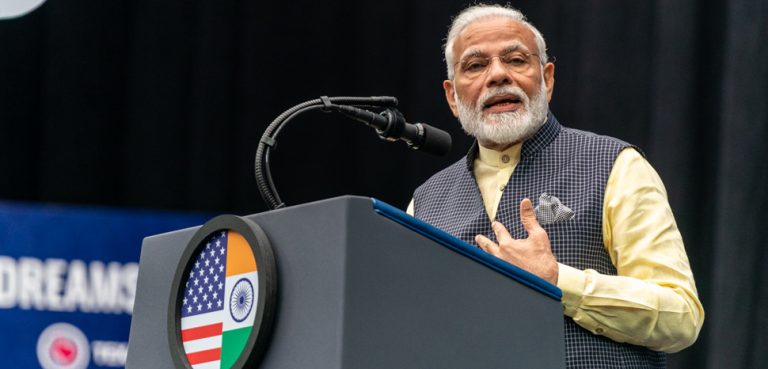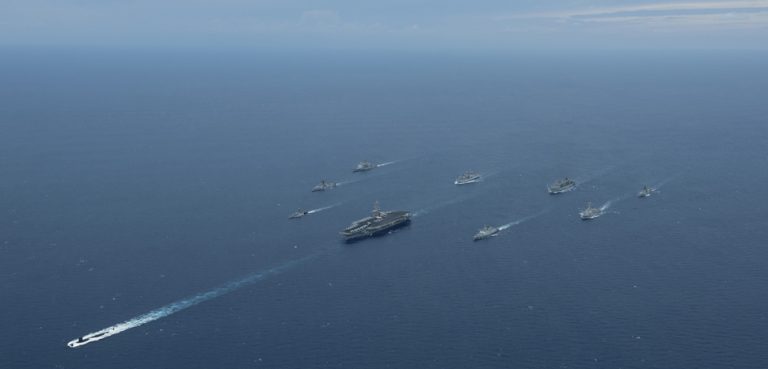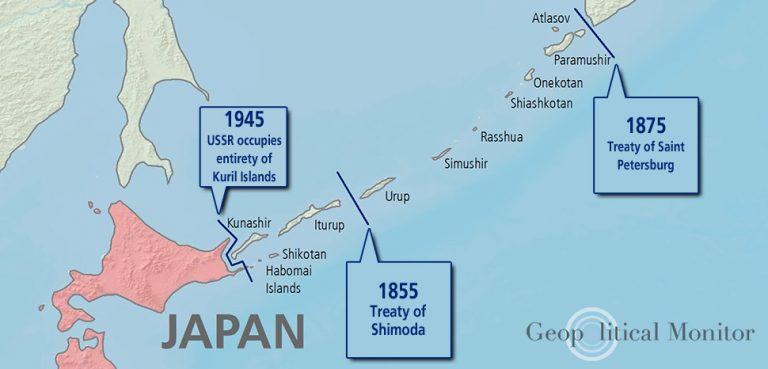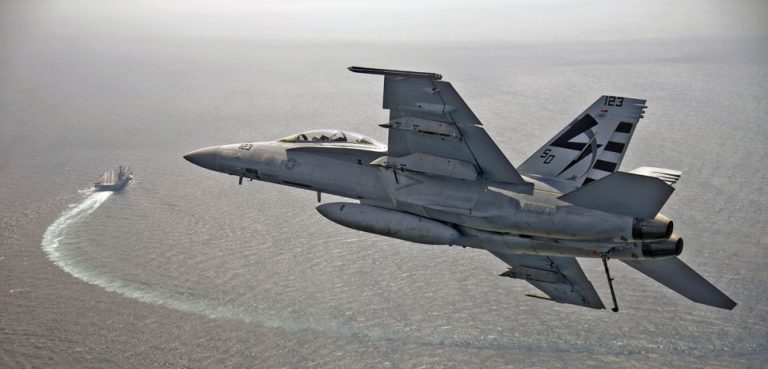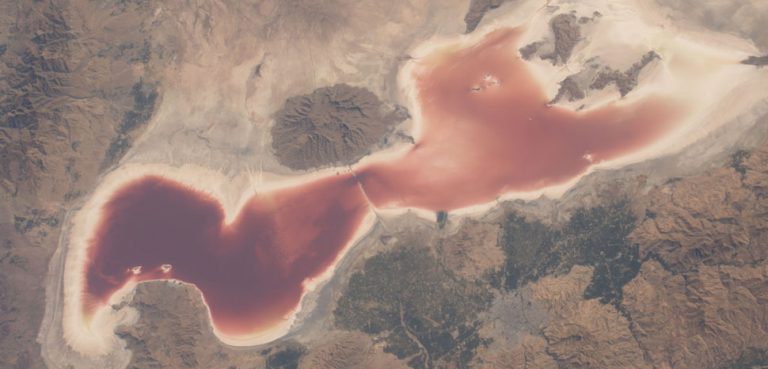Writers
The End of India’s Panipat Syndrome?
Prime Minister Modi is presiding over a newly assertive Indian foreign policy, with potentially far-reaching geopolitical consequences.
US-Philippines Relations at the Root of China’s SCS Power Play
Without the deterrence provided by US forces, China has had an easy time eroding the Philippines’ position in the South China Sea.
The Quad: Destination Unknown
Though much is unknown about the Quad’s future, one thing seems sure: it’s not transforming into a full-fledged military alliance anytime soon.
Abe’s Kuril Gamble: Why Russia Will Never Return the Islands
It appears as though Abe’s gamble on the Kuril Islands will not pay off.
Troubled Waters: The US Navy and the Return of Great Power Politics
Naval power has been a key element of great power conflict in the past, and growing hostility between the United States and China won’t prove an exception.
US-India Relations in 2019: A Closer Partnership?
A variety of shared geopolitical interests will bring New Delhi and Washington closer together in the year to come.
Water Conflict: Will a Drying Iran Face Syria’s Fate?
Iran is showing the same water strains that helped to destabilize Syria ahead of the civil war.

